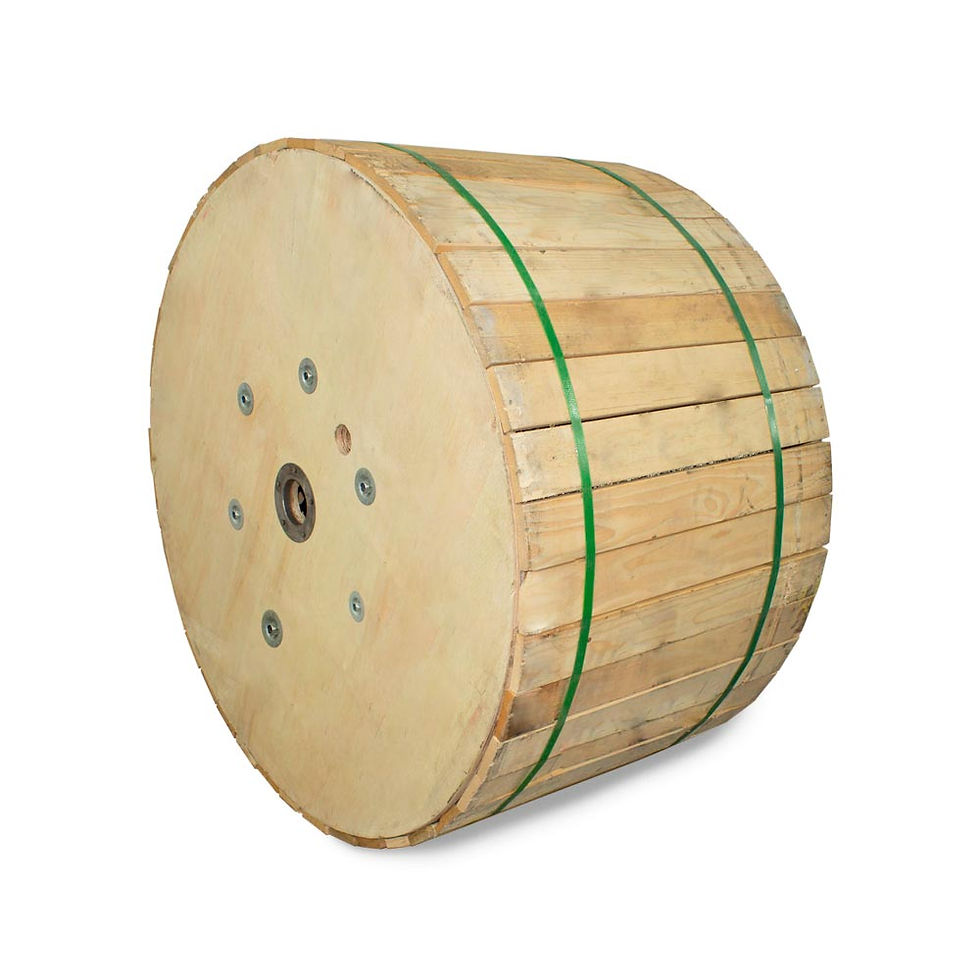Choosing the Right Fiber Optic Cable for Your FTTX Network: The A2 Advantage
- Kareem Mansour
- Jul 30, 2024
- 3 min read
Fiber-to-the-x (FTTX) networks are essential for delivering high-speed internet, reliable communication, and data transmission across long distances. At the core of these networks are fiber optic cables, which come in various types to meet different needs. Understanding these types and their unique characteristics is crucial for making informed decisions about FTTX infrastructure. In this blog, we will explore the different types of fiber optic cables and explain why A2 cables are superior to A1 cables.
Types of Fiber Optic Cables
Fiber optic cables can be categorized based on their construction, application, and performance characteristics. Here are the primary types commonly used in FTTX networks:

1. Single-Mode Fiber (SMF)
Application: Long-distance communication
Characteristics: Small core size (approximately 9 microns), designed for high-speed data transmission over long distances with minimal signal loss.
Advantages: Ideal for backbone networks and long-haul connections due to low attenuation and high bandwidth capabilities.
2. Multi-Mode Fiber (MMF)
Application: Short to medium-distance communication
Characteristics: Larger core size (50 or 62.5 microns), allowing multiple light modes to propagate through the cable.
Advantages: Cost-effective for short-distance applications, such as within buildings or campuses. Easier to install and maintain compared to SMF.
3. Loose Tube Fiber
Application: Outdoor and underground installations
Characteristics: Fiber strands are encased in a gel-filled, protective tube, providing resistance to environmental factors like moisture and temperature changes.
Advantages: Suitable for harsh environments and direct burial. Offers excellent protection against external stresses and mechanical damage.
4. Tight Buffer Fiber
Application: Indoor installations
Characteristics: Each fiber strand is individually coated with a protective buffer, making the cable more flexible and easier to handle.
Advantages: Ideal for indoor use, including riser and plenum spaces. Provides easy termination and splicing.
5. Armored Fiber
Application: High-risk environments
Characteristics: Fiber cables are protected by a layer of armor, typically made of steel or aluminum, providing extra durability.
Advantages: Resistant to physical damage, making them suitable for industrial settings or areas prone to rodent damage.

The A2 Advantage Over A1
In the context of fiber optic cables, the designations A1 and A2 refer to specific grades of fiber with distinct performance characteristics. Here’s why A2 is considered superior to A1:
1. Enhanced Performance
Lower Attenuation: A2 fibers exhibit lower signal loss compared to A1 fibers, ensuring higher signal quality over longer distances. This is crucial for maintaining the integrity and speed of data transmission in FTTX networks.
Higher Bandwidth: A2 fibers support greater bandwidth, allowing for the transmission of larger amounts of data. This is essential for meeting the increasing demands of high-definition video streaming, online gaming, and other bandwidth-intensive applications.
2. Improved Durability and Reliability
Stronger Resistance to Bending: A2 fibers are designed with improved resistance to bending and physical stress, reducing the risk of signal degradation and breakage during installation and operation.
Better Environmental Tolerance: A2 fibers are engineered to withstand a wider range of environmental conditions, including temperature fluctuations and moisture. This makes them more reliable in diverse deployment scenarios, from urban areas to remote regions.
3. Future-Proofing FTTX Networks
Scalability: With their higher performance and durability, A2 fibers provide a scalable solution that can accommodate future technological advancements and increased data traffic. This ensures that FTTX networks remain robust and capable of supporting emerging applications and services.
Conclusion
Selecting the right type of fiber optic cable is critical for building efficient and reliable FTTX networks. While various types of cables serve different purposes, A2 fiber optic cables stand out for their superior performance, durability, and future-proofing capabilities. By choosing A2 over A1, network providers can ensure that their infrastructure is equipped to meet current demands and adapt to future growth, ultimately delivering a seamless and high-quality digital experience to users.
At Vertex Networks, we are committed to providing innovative and sustainable FTTX solutions that empower communities and businesses. Contact us to learn more about our range of fiber optic products and how we can help you build the network of the future.
Comments